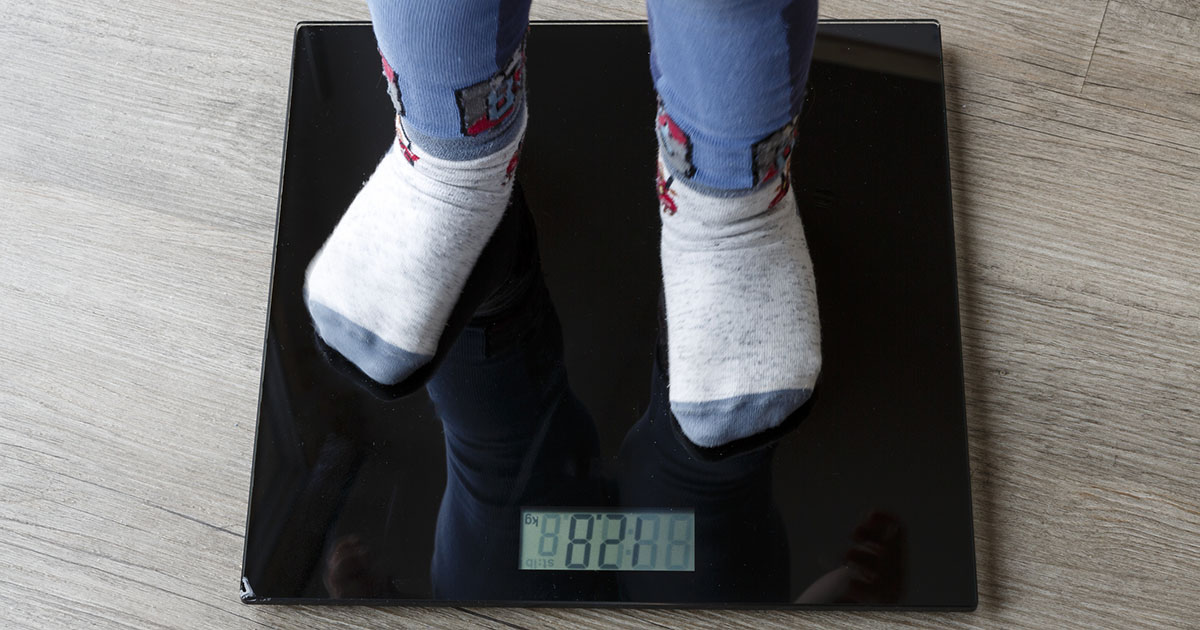Symptoms Of Alagille Syndrome
Skeletal Abnormalities

Alagille syndrome patients can have skeletal abnormalities of the ribs, vertebrae, and hands. Additionally, the most common findings on radiography are the butterfly-shaped vertebrae of the thorax, which is secondary to the abnormal clefting of the vertebral bodies.
Some of the additional skeletal features affected are the squared proximal portion of the fingers with tapering distal phalanges, and creases of the digital flexion. Other isolated anomalies include shortening of the phalanges, ulna, and radius. This condition is usually identified after an x-ray, but it does not often cause any problems or symptoms. An x-ray can show any other abnormalities that might cause the spine to take an abnormal shape. A possibility also exists to see an increase in the pathological long-bone fractures in the ALGS caused by the cholestasis or intrinsic bone defects.
Continue to reveal more symptoms of Alagille syndrome.
Nutrition Problems

Children often exhibit growth that is not linear. You may find children having nutrition problems like altered longitudinal growth and the presence of an element of growth hormone resistance. Patients living with Alagille syndrome tend to absorb nutrients when they subscribe to diets high in carbs and triglycerides (medium chain). Underweight patients can benefit highly from high calories or overnight tube feeing.
Additionally, these patients should also get supplementation of fat-soluble vitamins. Some patients may also need to take extra zinc. Since the condition damages the liver, these vitamins need to be consumed outside of natural food sources to maintain the patient's overall health of the patient.
Learn about the next symptom of Alagille syndrome now.
